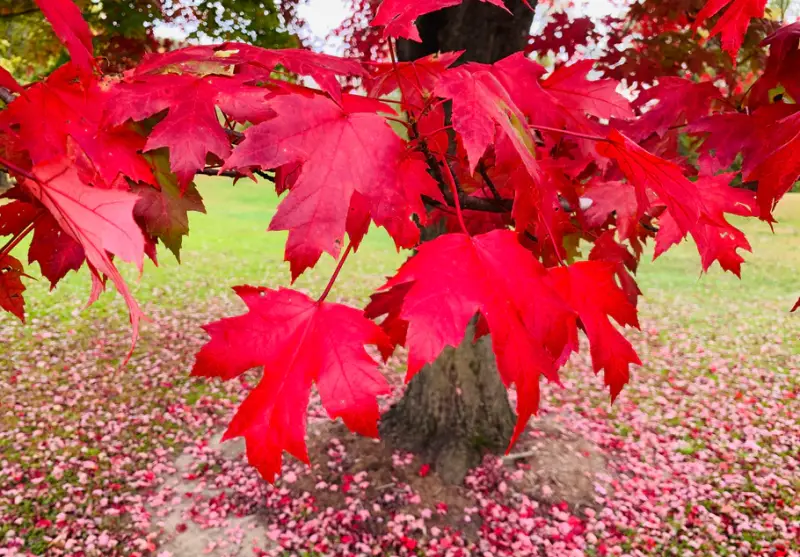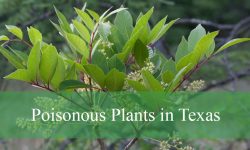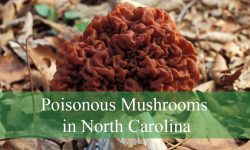The Autumn Blaze maple tree is a strikingly beautiful tree known for its vivid autumn foliage, fast growth, and adaptability. This shade tree is not only a valuable addition to any landscape but also a low-maintenance tree that’s resilient in various urban and natural environments.
Here’s the most detailed guide on how to care for an Autumn Blaze maple tree and ensure it thrives in your yard.
Overview of the Autumn Blaze Maple Tree

The Autumn Blaze maple tree (botanical name: Acer x freemanii ‘Autumn Blaze’) is a hybrid between the red maple (Acer rubrum) and the silver maple (Acer saccharinum), both of which are native to North America. This combination brings together the best features of each parent species: the vibrant color of the red maple and the rapid growth rate of the silver maple.
- Common Name: Autumn Blaze maple tree, Freeman maple
- Botanical Name: Acer x freemanii ‘Autumn Blaze’
- Family: Sapindaceae
- Plant Type: Tree
- Mature Size: 40-55 feet tall, 30-40 feet wide
- Sun Exposure: Full, partial
- Soil Type: Well-drained
- Soil pH: Acidic
- Hardiness Zones: 3-8 (USDA)
- Native Area: North America
Autumn Blaze Maple Tree Care
Light Requirements
The Autumn Blaze maple appreciates full sun, which enhances its fall colors, but it can also tolerate partial shade. Planting it in an open area where it receives ample sunlight ensures the tree’s leaves will turn that brilliant orange-red color in the fall. In warmer climates, some afternoon shade is beneficial, though the tree remains robust and colorful in both northern and southern regions of the U.S.
Soil Preferences
One of the Autumn Blaze’s key strengths is its adaptability to various soil types. It can grow in sandy, clay, or loamy soils as long as they are well-drained. Although it tolerates nutrient-poor soils, providing moist and fertile conditions will optimize its growth. The tree prefers acidic soil, so incorporating organic materials such as peat moss at planting time can help maintain soil acidity.
Watering Needs
While the Autumn Blaze is young, it needs consistent moisture to establish a robust root system. Aim to provide about 5-7 gallons of water weekly during the first year. Once the tree is well-rooted, it becomes drought-tolerant and only needs supplemental watering during prolonged dry periods. Established trees do well with around 1 to 1.5 inches of rainfall per week. If the leaves turn brown or start falling off prematurely, increase the water until conditions improve.
Temperature and Humidity Tolerance
The Autumn Blaze maple tree thrives across a broad range of temperatures and is tolerant of both cold and hot weather. It can withstand freezing winters as well as humid summers, making it suitable for USDA hardiness zones 3-8. This flexibility adds to its popularity across the United States, from northern states to warmer southern regions.
Fertilization
In general, Autumn Blaze maples do not require frequent fertilization. During the tree’s first year, avoid using fertilizer, as the young roots may be sensitive to added nutrients. Once mature, the tree will benefit from a slow-release, nitrogen-rich fertilizer applied once annually if soil testing indicates a nutrient deficiency. However, adding organic compost before planting usually provides sufficient nutrients for the tree’s initial growth phase.
Pruning Tips for the Autumn Blaze Maple
Regular pruning is essential to maintain the structural integrity of the Autumn Blaze maple tree. As it grows quickly, weak branch unions can lead to cracks and potential limb loss during strong winds or storms. To prevent this:
- Prune every other year during late spring or early summer.
- Avoid excessive interior branch pruning, as the tree benefits from having interior branches to shade the trunk and prevent sunburn.
- Focus on removing dead, damaged, or crossing branches, as well as any co-dominant branches that could lead to structural weakness.
- Prune branches that exceed 3 inches in diameter carefully and sparingly, as this can affect the tree’s stability.
Propagation of Autumn Blaze Maple Trees
Propagating an Autumn Blaze maple tree from cuttings is an economical way to grow new trees, especially if you have a mature tree already thriving in your landscape. Here’s how to propagate this maple variety:
- Gather materials: garden gloves, sharp shears, rooting hormone powder, potting soil, clear plastic bag, and a planting pot.
- Fill the pot with potting soil and water it until the soil is moist but not soggy.
- Use sharp shears to cut a 4-inch section from a branch tip, ideally from new growth.
- Remove leaves from the lower half of the cutting and gently strip away some bark.
- Dip the cut end in rooting hormone powder and insert it about 2 inches deep into the soil.
- Cover the pot with a plastic bag to retain moisture and place it in a bright, indirect light location.
- After rooting, transition the young plant outdoors gradually by increasing its exposure to outdoor conditions.
Overwintering Your Autumn Blaze Maple
To prepare your Autumn Blaze maple tree for winter, follow these steps for overwintering:
- In late fall, remove dead branches and trim any overgrown ones.
- Add a thin layer of mulch around the base, avoiding direct contact with the trunk.
- Avoid fertilizing or overwatering the tree in fall, as you want it to conserve energy rather than encouraging new growth.
Common Pests and Diseases
Although the Autumn Blaze maple tree is resilient, it can be susceptible to certain pests and diseases:
- Leaf Spot: This fungal infection often appears as brown spots, primarily on lower branches. Increase airflow and reduce surrounding humidity to manage it.
- Scale, Mites, and Flathead Tree Borers: These pests can cause brown spots or lesions. Treat the tree with insecticidal soap or liquid lime sulfur as per the product’s instructions until pests are eliminated.
Common Problems with the Autumn Blaze Maple
Despite its many strengths, the Autumn Blaze has some structural weaknesses. Here are some tips to help prevent common issues:
- Branch Splitting: Due to its rapid growth, branches may split or crack, especially in windy areas. Regular pruning helps maintain a stable structure.
- Surface Roots: The Autumn Blaze maple has a shallow root system that may protrude from the ground. To avoid disrupting surrounding landscapes, avoid planting this tree near gardens or sidewalks.
Types of Maple Trees to Consider
The Autumn Blaze maple is just one of many beautiful maple tree varieties. Here are a few other options that offer unique characteristics:
- Big Leaf Maple (Acer macrophyllum): Known for large leaves and golden autumn hues, this maple thrives in the Pacific Northwest.
- Armstrong Maple: Reaching heights of up to 70 feet, this tall, narrow tree produces golden-orange leaves in the fall.
- Marmo Maple: Another red-silver hybrid, this fast-growing tree is known for its brilliant red foliage and strong, upright growth.
Final Thoughts on Growing an Autumn Blaze Maple
The Autumn Blaze maple tree is an excellent choice for those looking to add a vibrant and robust tree to their landscape. With minimal care, this tree rewards with its rapid growth, seasonal color change, and adaptability to various soil and climate conditions. By following these care guidelines, you can enjoy a healthy, visually stunning tree that elevates the beauty of any yard.






